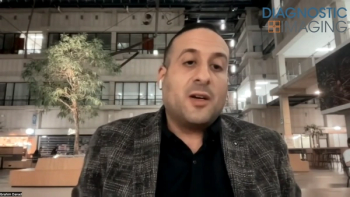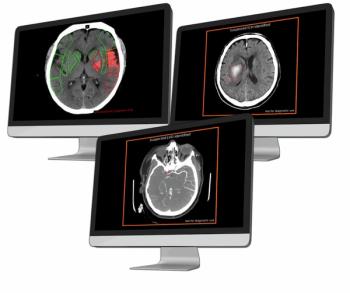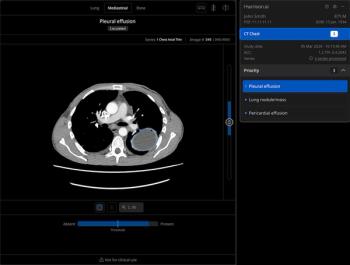
Cardiovascular boom appears on horizon
The use of CT angiography will increase rapidly over the next five years, complementing or replacing other cardiovascular examinations, such as diagnostic cardiac catheterization, MR, and nuclear imaging, according to ECRI. The nonprofit health services
The use of CT angiography will increase rapidly over the next five years, complementing or replacing other cardiovascular examinations, such as diagnostic cardiac catheterization, MR, and nuclear imaging, according to ECRI. The nonprofit health services research group expects the number of diagnostic cardiac catheterization procedures to decrease over the next few years, particularly for assessing plaque, stenoses, and myocardial viability and for ruling out atherosclerosis. Driving this trend will be the increased installation of dedicated CT scanners into high-volume cardiology departments. More advanced CT technology, such as the 32- and 40-slice scanners recently introduced at the 2003 RSNA meeting, may dramatically increase the range of cardiac imaging applications that can be performed. Details are included in ECRI's Health Technology Forecast, a strategic technology planning resource for healthcare executives.
Newsletter
Stay at the forefront of radiology with the Diagnostic Imaging newsletter, delivering the latest news, clinical insights, and imaging advancements for today’s radiologists.



























